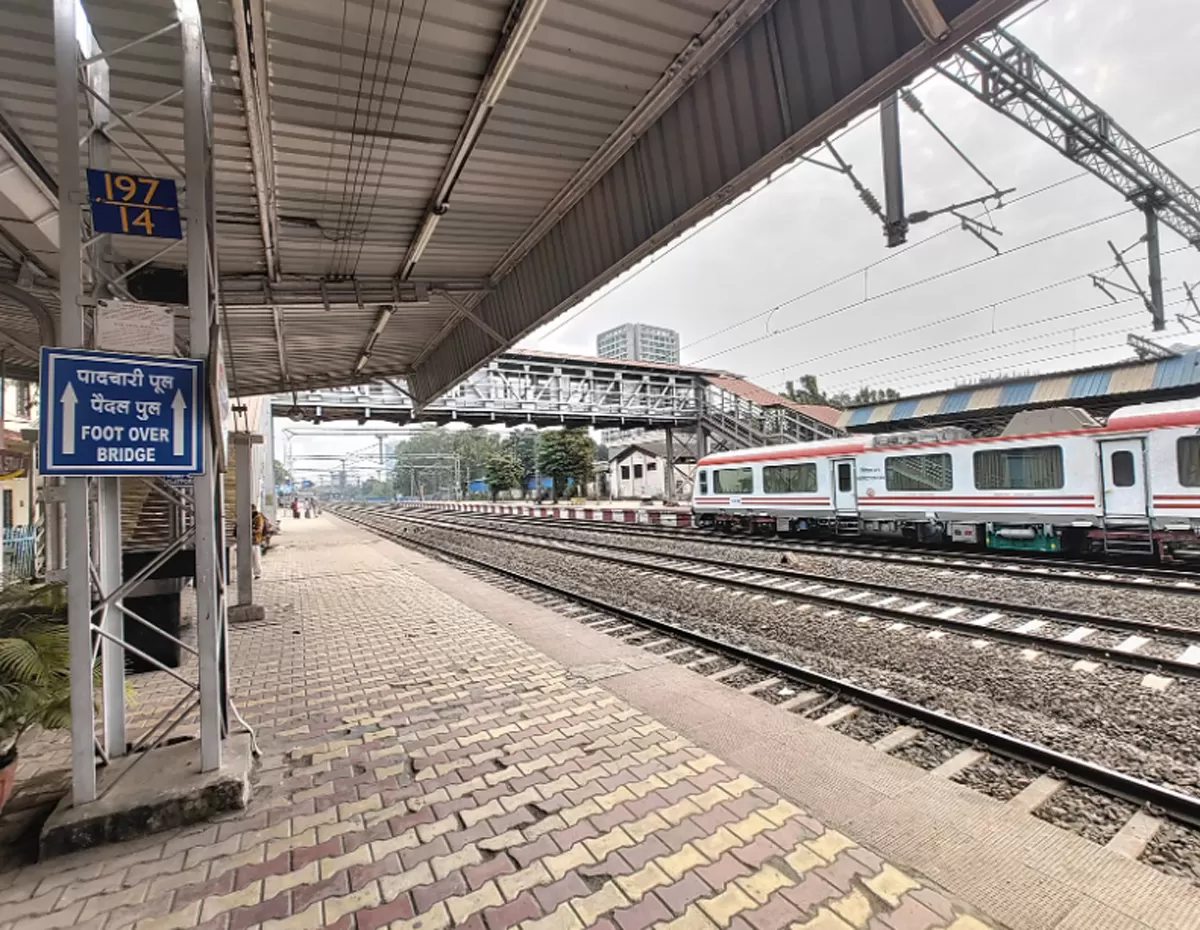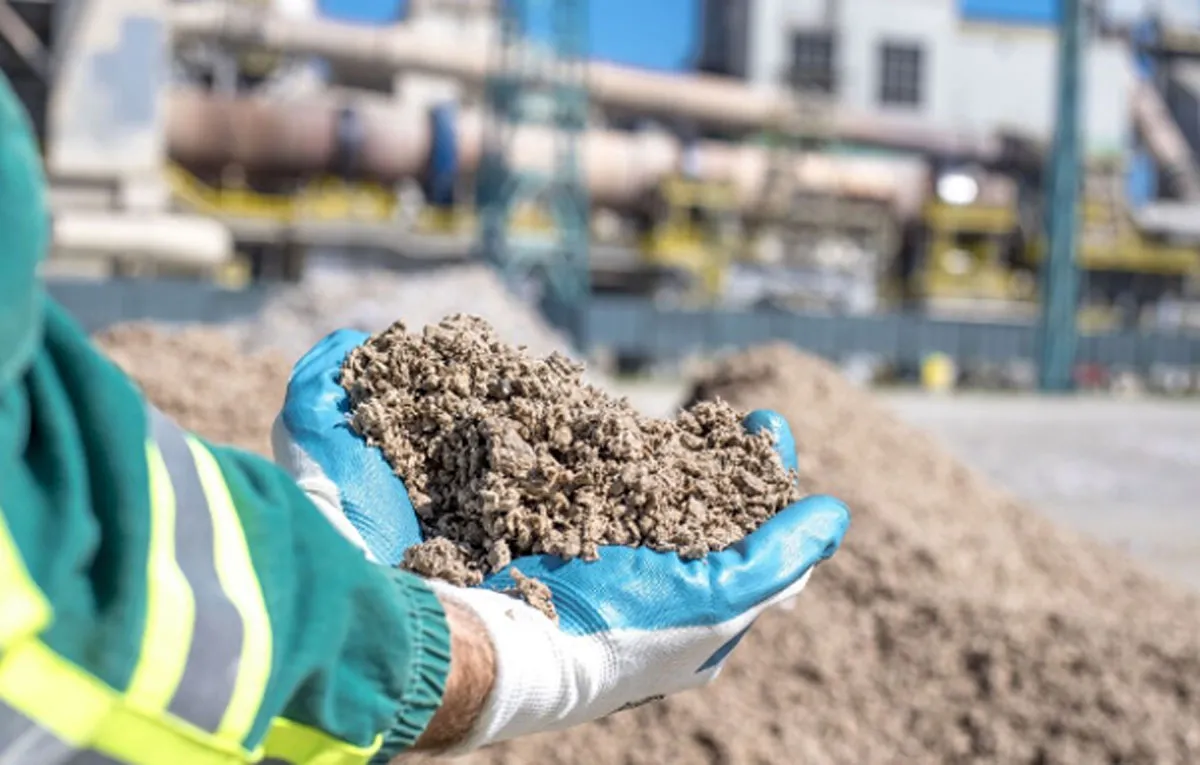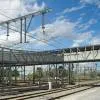
Hadapsar Station Emerging as Pune's New Satellite Rail Terminal

Cement Makers Positive on H2 Demand Outlook
The leading cement producers have posted high single-digit volume growth and better sales realisation in the July–September quarter, setting a positive tone for the second half of FY26. Companies are upbeat on demand prospects, supported by a strong housing sector and continued government spending on major infrastructure projects. UltraTech, Ambuja Cement, Shree Cement, Dalmia Bharat and Nuvoco Vistas recorded revenue growth of up to 18 per cent in the September quarter. The rise was driven by firm realisations, softer input costs and an increased share of premium products. With coal price..

Odisha Targets Role as MSME Hub for Eastern India
Odisha has set its sights on becoming the MSME gateway of eastern India, Chief Minister Mohan Charan Majhi said at the Odisha Industrial Conclave 2025, organised by Laghu Udyog Bharati (LUB). Calling the state a land of possibilities, he noted that Odisha has emerged as a leading destination for micro, small and medium enterprises.He said that reforms such as the Go-Swift single-window system now allow project approvals within a day. Odisha has also invested 6.1 per cent of its GDP in infrastructure development, which is expected to further accelerate industrial and MSME growth.Majhi emphasise..

Noida Office Rentals Rise 18% in Six Years, Prime Districts up 29%: C&W
Noida’s office market has recorded an 18 per cent rise in average rentals over the past six years, underscoring the city’s growing appeal as a corporate hub, according to a new report by Cushman & Wakefield.In its study, Noida – Runway for Growth, the consultant noted that prime locations such as Sector 16 and Film City logged a sharper 29 per cent jump in rents, reflecting sustained demand and improving business infrastructure. As of September 2025, Noida’s office stock stands at 43.4 million sq ft, including 26.6 million sq ft of Grade A+ space.The report shows average rentals no..

















